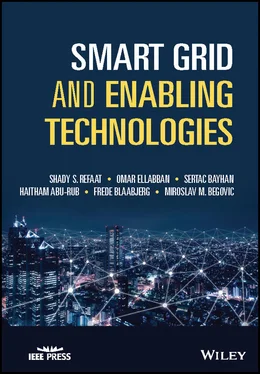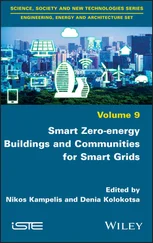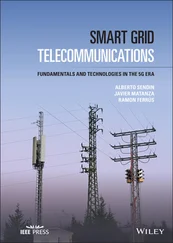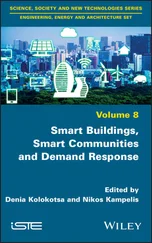Frede Blaabjerg - Smart Grid and Enabling Technologies
Здесь есть возможность читать онлайн «Frede Blaabjerg - Smart Grid and Enabling Technologies» — ознакомительный отрывок электронной книги совершенно бесплатно, а после прочтения отрывка купить полную версию. В некоторых случаях можно слушать аудио, скачать через торрент в формате fb2 и присутствует краткое содержание. Жанр: unrecognised, на английском языке. Описание произведения, (предисловие) а так же отзывы посетителей доступны на портале библиотеки ЛибКат.
- Название:Smart Grid and Enabling Technologies
- Автор:
- Жанр:
- Год:неизвестен
- ISBN:нет данных
- Рейтинг книги:3 / 5. Голосов: 1
-
Избранное:Добавить в избранное
- Отзывы:
-
Ваша оценка:
- 60
- 1
- 2
- 3
- 4
- 5
Smart Grid and Enabling Technologies: краткое содержание, описание и аннотация
Предлагаем к чтению аннотацию, описание, краткое содержание или предисловие (зависит от того, что написал сам автор книги «Smart Grid and Enabling Technologies»). Если вы не нашли необходимую информацию о книге — напишите в комментариях, мы постараемся отыскать её.
Smart Grid and Enabling Technologies
Smart Grid and Enabling Technologies
Smart Grid and Enabling Technologies — читать онлайн ознакомительный отрывок
Ниже представлен текст книги, разбитый по страницам. Система сохранения места последней прочитанной страницы, позволяет с удобством читать онлайн бесплатно книгу «Smart Grid and Enabling Technologies», без необходимости каждый раз заново искать на чём Вы остановились. Поставьте закладку, и сможете в любой момент перейти на страницу, на которой закончили чтение.
Интервал:
Закладка:
Figure 2.32 Maturity of selected renewable energy technologies, Adapted from [9].

Figure 2.33 Common challenges in bulk implementation of RES into the SG [9]. Reproduced with permission from ELSEVIER.
From figure 2.33two technical problems are reported:
1 Governing the energy mix and dealing with uncertainty during operational conditions.
2 Managing supply and demand during outages and abundances of energy demand.
Currently, existing power systems are not suitable for the bulk integration of the RES. Thus, it is vital to implement advanced technologies to support the stability and reliability of the power system. SG operations take advantage of information and communication technologies to add more flexibility in the energy mix deployment. The flexibility measures are classified into six categories as shown in Figure 2.34. To date, a variety of intelligent tools are proposed to support the integration of RES into the SG. Figure 2.35proposes different options according to the location where they would be implemented [63, 64].
2.5 Conclusion
After the explanation of the different RES, it should be considered that each source of renewable energy has its ups and downs as summarized by Table 2.3. Moreover, Table 2.4illustrates some undesirable environmental effects of RES [9].
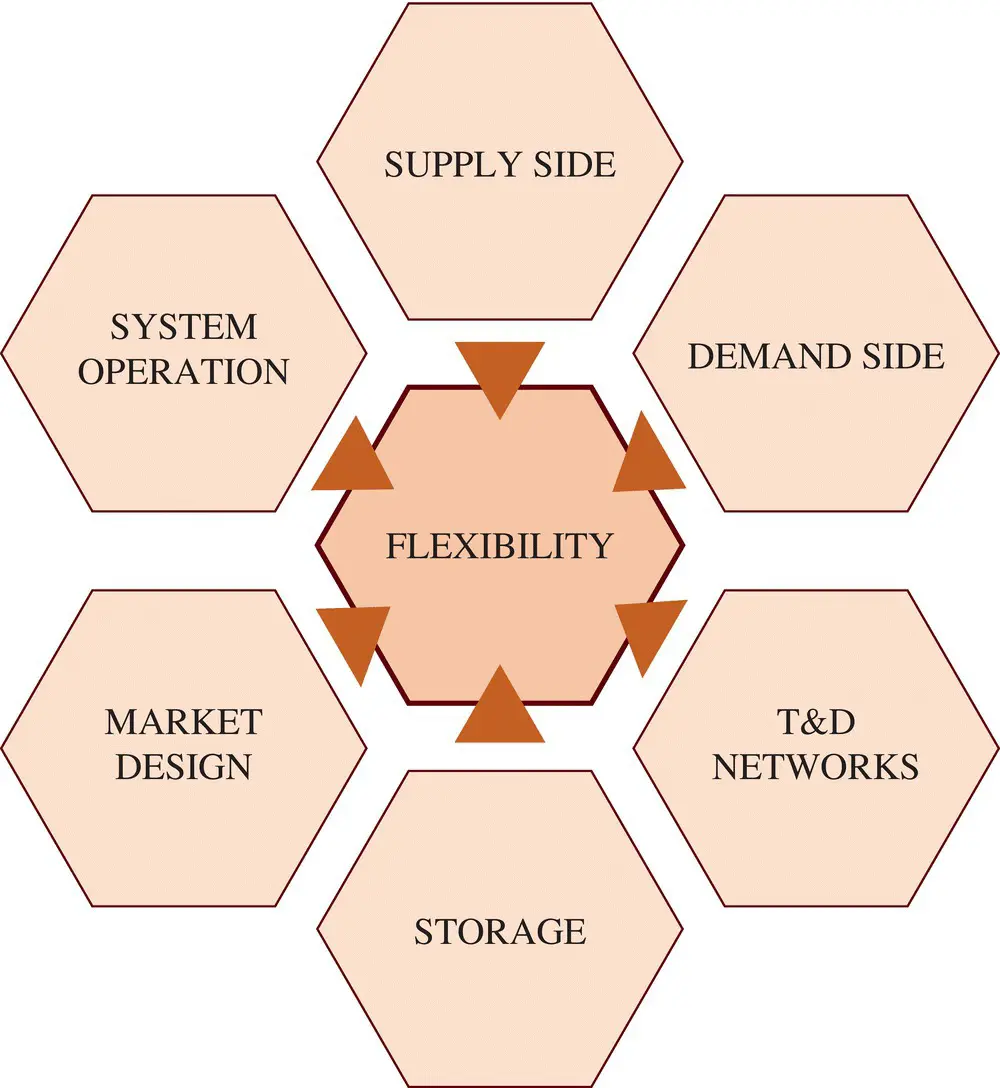
Figure 2.34 Modern power system flexibility measures.
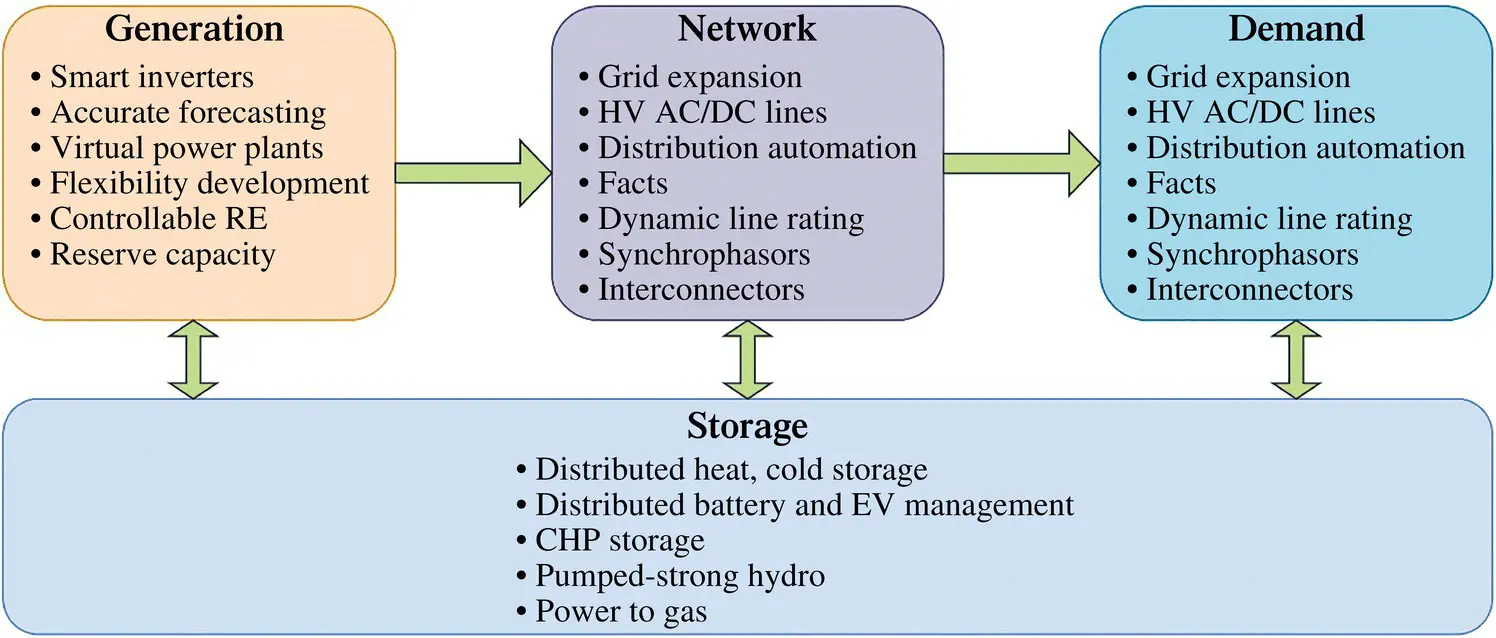
Figure 2.35 Overview of technical solutions for renewables integration into SG [63].
As a result of a shortage of inexhaustible resources, and environmental issues due to emissions, conventional energy production predicated upon fossil fuels are considered to be unsustainable in the long term. Therefore, numerous works are invested globally for integration of more renewable energies. RES are advanced options for electrical power generation and their chance to meet the world's energy need. This chapter presents an up‐to‐date and detailed current status and future projection of major renewable energy resources, and their benefits, growth, investment and implementation. To sum up, the deployment of renewable energy is one of the essential elements for a better reliability and resilience of the actual power grid. Moreover, the implementation of RES into SG system will aid in meeting the electrical power demands effectively.
Table 2.3 Advantages and disadvantages of different renewable energy resources. Ref Num [9]. Reproduced with permission from ELSEVIER
| Energy source | Advantages | Disadvantages |
|---|---|---|
| Bioenergy Energy | Abundant and renewableCan be used to burn waste products | Burning biomass can result in air pollutionMay not be cost effective |
| Geothermal Energy | Provides an unlimited supply of energyProduces no air or water pollution | Start‐up/development costs can be expensiveMaintenance costs, due to corrosion, can be a problem |
| Hydropower Energy | Abundant, clean, and safeEasily stored in reservoirsRelatively inexpensive way to produce electricityOffers recreational benefits like boating, fishing, etc. | Can cause the flooding of surrounding communities and landscapesDams have major ecological impacts on local hydrology. Can have a significant environmental impactCan be used only where there is a water supplyBest sites for dams have already been developed |
| Marine Energy | Ideal for an island countryCaptures energy that would otherwise not be collected | Construction can be costlyOpposed by some environmental groups as having a negative impact on wildlifeTakes up lots of space and difficult for shipping to move around |
| Solar Energy | Potentially infinite energy supplyCauses no air or water pollution | May not be cost effectiveStorage and backup are necessaryReliability depends on availability of sunlight |
| Wind Energy | Is a free source of energyProduces no water or air pollutionWind farms are relatively inexpensive to buildLand around wind farms can have other uses | Requires constant and significant amounts of windWind farms require significant amounts of landCan have a significant visual impact on landscapesNeed better ways to store energy |
Table 2.4 Some negative environmental impacts of different renewable energy resources. Ref Num [9]. Reproduced with permission from ELSEVIER
| Energy source | Potential negative impacts on the environment |
|---|---|
| Bioenergy Energy | May not be CO 2natural, may release global warming gases like methane during the production of biofuels, landscape change, deterioration of soil productivity, hazardous waste. |
| Geothermal Energy | Subsidence, landscape change, polluting waterways, air emissions |
| Hydropower | Change in local eco‐systems, change in weather conditions, social and cultural impacts |
| Marine Energy | Landscape change, reduction in water motion or circulation, killing of fish by blades, changes in sea eco‐system |
| Solar Energy | Soil erosion, landscape change, hazardous waste |
| Wind Energy | Noises in the area, landscape change, soil erosion, killing of birds by blades |
References
1 1 “BP Statistical Review of World Energy”, June 2017, https://www.connaissancedesenergies.org/sites/default/files/pdf‐actualites/bp‐statistical‐review‐of‐world‐energy‐2017‐full‐report.pdf(accessed on 30 June 2017).
2 2 Exxon Mobil (2017). 2017 Outlook for Energy: A View to 2040. http://oilproduction.net/files/2017_Outlook_for_Energy_highlights.pdf(accessed 30 June 2017).
3 3 BP (2017). BP Energy outlook, 2017 edition. https://safety4sea.com/wp‐content/uploads/2017/01/BP‐Energy‐Outlook‐2017_01.pdf(accessed 1 February 2021).
4 4 EIA (2017). Annual Energy Outlook 2017 with projections to 2050. http://www.eia.gov/aeo(accessed 1 July 2017).
5 5 Tromly, K. (2001). Renewable Energy: An Overview. Golden, CO (US): National Renewable Energy Laboratory.
6 6 Brown, A., Müller, S., and Dobrotková, Z. (2011). Renewable Energy: Markets and Prospects by Technology. International Energy Agency Information Paper.
7 7 Bull, S.R. (August 2001). Renewable energy today and Tomorrow. Proceedings of the IEEE 89 (8): 1216–1226.
8 8 European Renewable Energy Council (2010). RE‐thinking 2050. http://citeseerx.ist.psu.edu/viewdoc/download?doi=10.1.1.638.5765&rep=rep1&type=pdf(accessed 10 February 2021).
9 9 Ellabban, O., Abu‐Rub, H., and Blaabjerg, F. (2014). Renewable energy resources: current status, future prospects and their enabling technology. Renewable and Sustainable Energy Reviews 39: 748–764.
10 10 “Deploying Renewables 2011”, https://webstore.iea.org/deploying‐renewables‐2011‐best‐and‐future‐policy‐practice(accessed 1 July 2017).
11 11 IRENA (2017). RE thinking Energy. www.irena.org(accessed 1 July 2017).
12 12 REN21 (2020). Renewables 2020 Global Status Report. https://www.ren21.net/wp‐content/uploads/2019/05/gsr_2020_full_report_en.pdf(accessed 1 July 2020).
Читать дальшеИнтервал:
Закладка:
Похожие книги на «Smart Grid and Enabling Technologies»
Представляем Вашему вниманию похожие книги на «Smart Grid and Enabling Technologies» списком для выбора. Мы отобрали схожую по названию и смыслу литературу в надежде предоставить читателям больше вариантов отыскать новые, интересные, ещё непрочитанные произведения.
Обсуждение, отзывы о книге «Smart Grid and Enabling Technologies» и просто собственные мнения читателей. Оставьте ваши комментарии, напишите, что Вы думаете о произведении, его смысле или главных героях. Укажите что конкретно понравилось, а что нет, и почему Вы так считаете.
